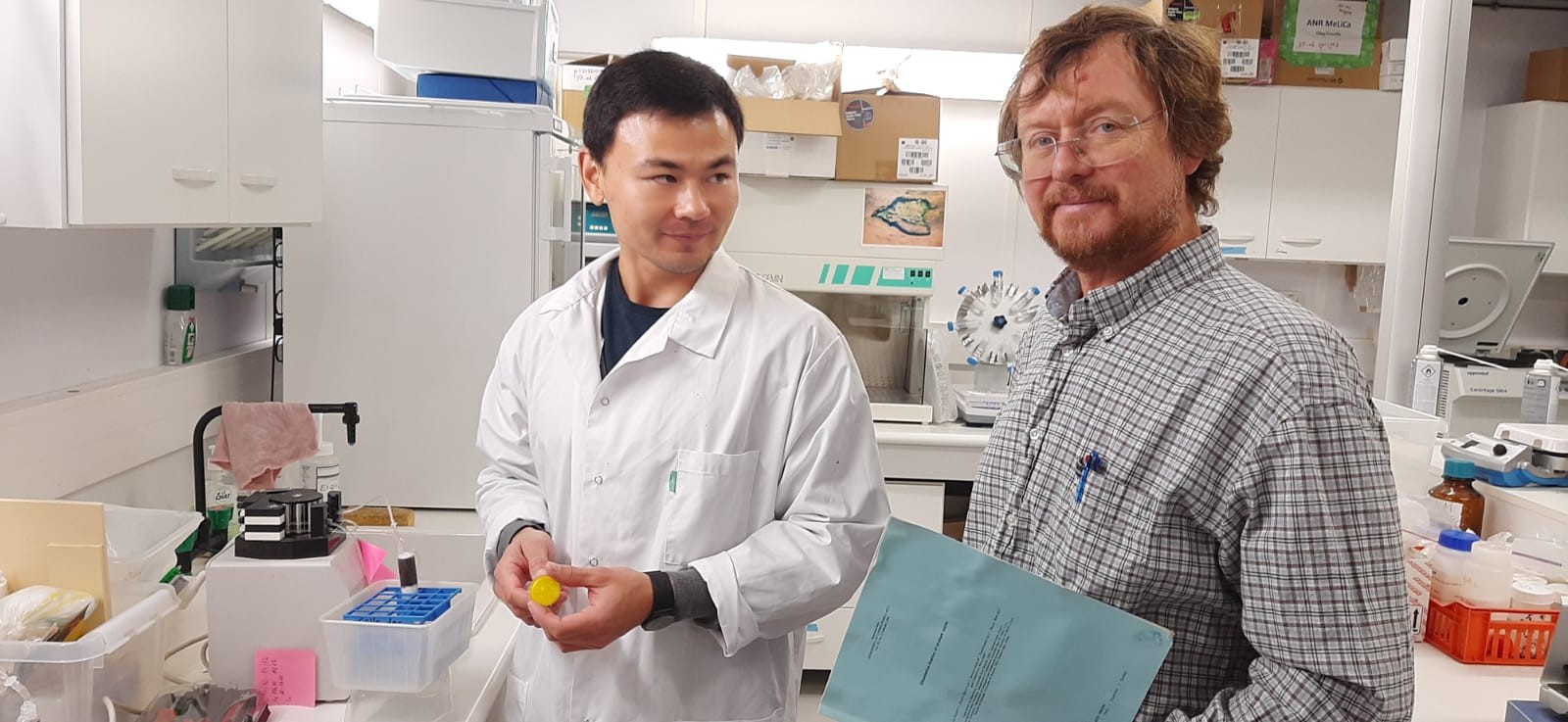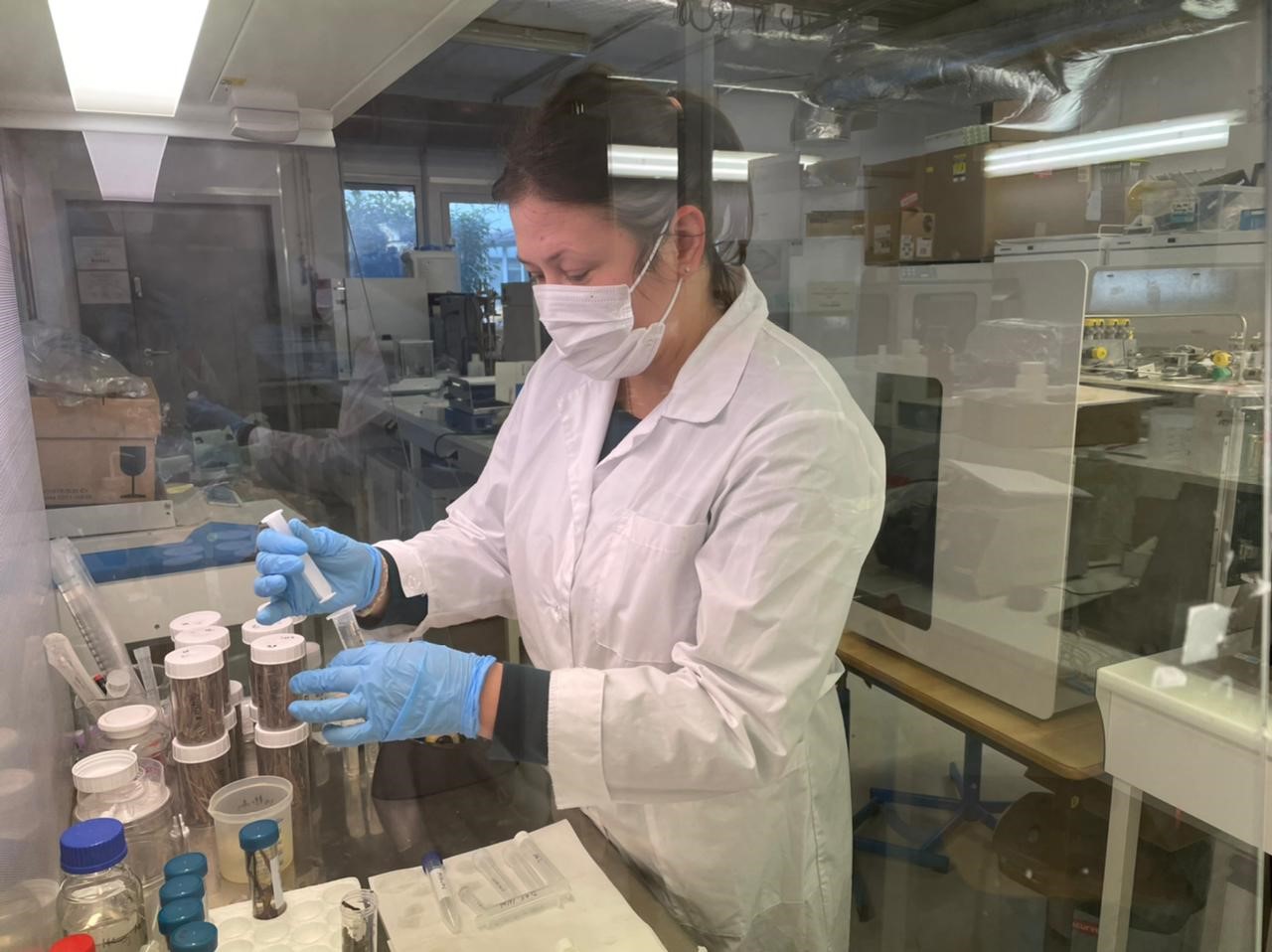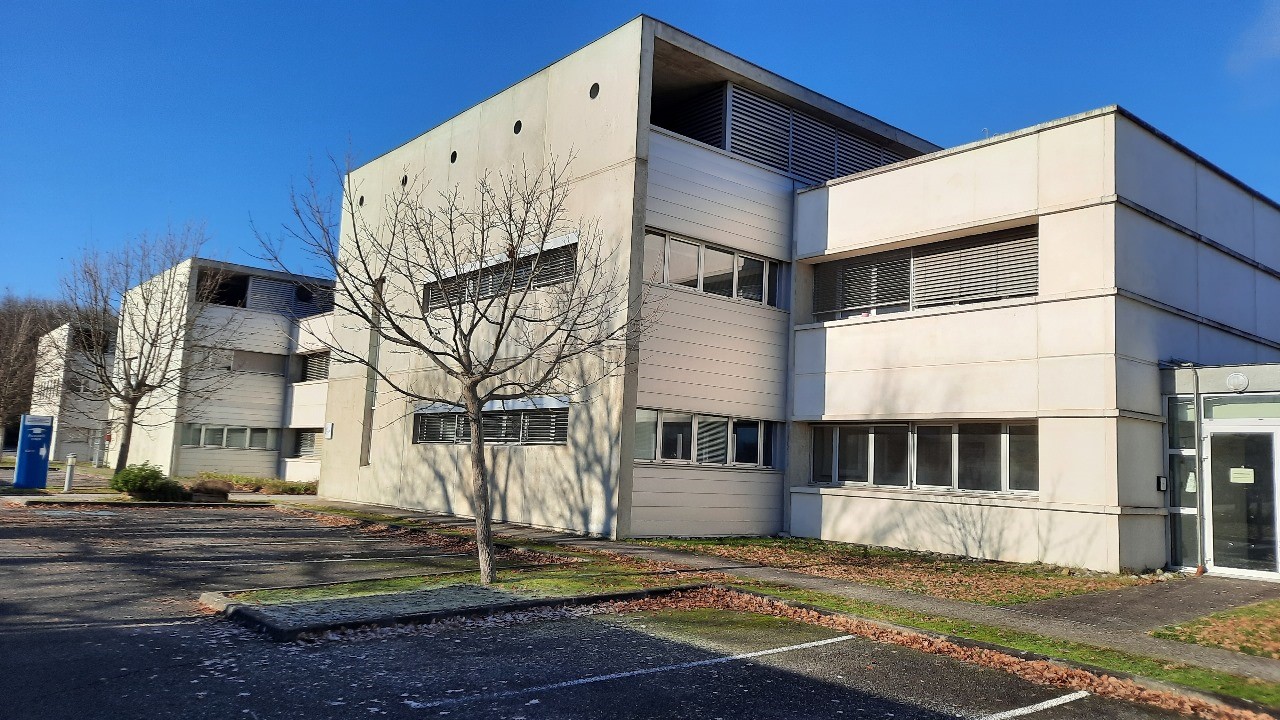The Tomsk branch of the Trofimuk Institute of Petroleum Geology and Geophysics of the Siberian Branch, Russian Academy of Sciences (IPGG SB RAS) in partnership with Observatoire Midi-Pyrénées (OMP), Toulouse, France have studied biogeochemical factors that control iron and organic matter cycling in the Ob River.
The research works were carried out within the project under Agreement No. 075-15-2022-241 dated April 15, 2022 with the Ministry of Science and Higher Education of the Russian Federation. The joint Russian-French research was funded by a grant from the federal budget in the form of subsidies (contribution of the Russian side).
In 2023, the second (final) stage of the research was completed. Olesya Lepokurova, Dr Sci, Project Coordinator, Director of the Tomsk Branch of IPGG SB RAS, gave a more detailed account of the project results.
She said that a series of works accomplished in the course of the project by the IPGG SB RAS staff included investigation of the gas regime. Thus, СО2 concentrations in the water and emission fluxes from the water surface in the midstream portion of the Ob River and nearby bogs were intensively measured over three seasons.

Artyom Lim, a researcher from the Tomsk Branch IPGG SB RAS visiting the Geosciences Environment Toulouse (GET), a multidisciplinary research laboratory, discusses with Oleg Pokrovsky, a scientist from the Observatoire Midi-Pyrénées (France) the experimental modeling of the process of trace metal co-precipitation on hydrous ferric oxide.
The researchers also performed colloid fractionation of nano-aggregates of Fe-OM (organic ferrum), investigated stoichiometry (precipitation gravimetry) and structure of the precipitate, thin films and predominant colloidal fractions of Fe-OM and Fe, and studied the physicochemical properties of dispersed colloidal systems.
Other results included: experimental (laboratory) modeling of colloid and thin film formation; analysis of particle aggregation dynamics; quantitative dependencies of the photodegradation intensity of dissolved organic matter (DOM) and hydrophobic organic compounds on temperature, pH (acidity) of the solution, and dissolved organic carbon (DOC) concentration.
Moreover, researchers from the Tomsk Branch IPGG SB RAS modeled the processes of cryodestruction which involved freezing of natural riverine and lake waters admixed with typical pollutants characteristic of the Middle Ob basin.
In the course of the project, landscape maps of the study area were generated; the hydrological balance of groundwater and subsurface water discharge on the wetland areas was investigated.

Irina Ivanova, Senior Researcher of the Tomsk Branch IPGG SB RAS, PhD (geol.-mineral.), conducts an experiment on trace metal leaching from floodplain vegetation at the Geosciences Environment Toulouse (GET) of the Midi-Pyrénées Observatory, France
The project results allowed Tomsk scientists to develop a comprehensive program for water purification by natural methods based on physical, chemical and biological processes capable of reducing pollutant concentrations in natural waters.
Also, the project participants have published four articles in peer-reviewed scientific journals indexed in Scopus, Web of Science Core Collection and RINC databases, as well as registered a patent application ("A method for obtaining photocatalytic composites of spherical layered structure for purification of water reservoirs and photocatalytic composites TIO2-Ag-SIO2, obtained by the method") with the Patent Office of the Russian Federation.
In turn, the OMP staff conducted experimental modeling of trace metal co-precipitation on hydrous ferric oxide, and investigated the main external controls of co-precipitation of phosphorus and metals on colloidal and thin-film hydrous ferric oxide by laboratory and field methods.
French colleagues also experimentally determined the solubility of iron (II, III) phosphates, equilibrium concentrations of dissolved phosphorus in oxidizing and reducing medium; and performed experimental modeling of variations in composition and structure of the aqueous organic matter with addition of cultured microorganisms capable of Fe(III) reduction.
The results and findings will help both assess and monitor the ecological state of the Ob River. In the future, scientists from Russia and France expect to continue their joint research works.

Premises of the Geosciences Environment Toulouse (GET) of the Midi-Pyrénées Observatory (OMP), France
Published by the IPGG Press Service
Photos courtesy of I.S. Ivanova